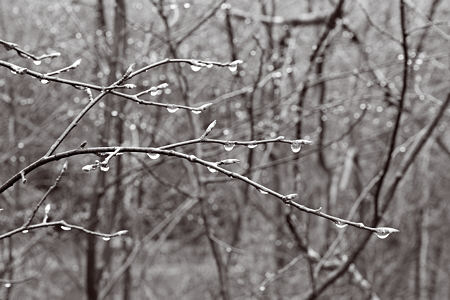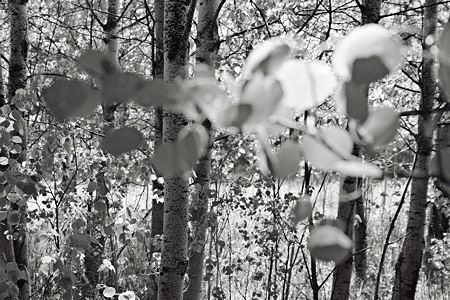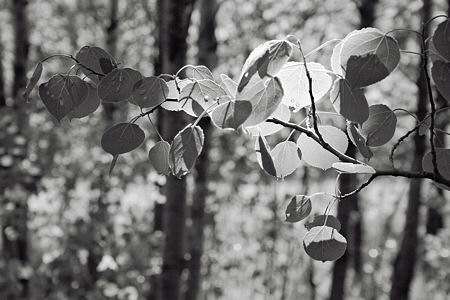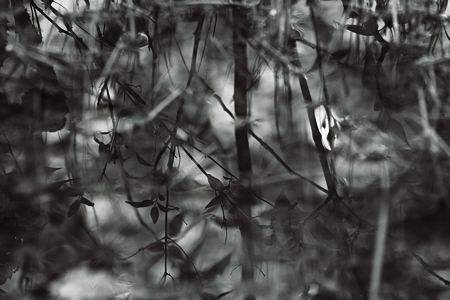Layers of meaning
June 3, 2008
A surface such as water (or glass) provides a natural way to create a layered image. The partial reflection allows superposition of images from different sources, not otherwise achievable in camera. But why care about layers? In my last post I gave them credit for a “dreamy” or “contemplative” way to show more than one scene in a single image. But that’s not pushing it very far. What might be the significance of layering?

Any visual scene has multiple associations and interpretations, even for a single person. Multiple layers in an image can suggest this. They may also stimulate further reflection, prompted rather than inhibited by their indistinctness. The visual layering stands as analogy to the overlay of memories that might be connected, directly or indirectly, to a place.
The notion of layering is one I’ve come to recognize in quite a few of my images. It seems to apply when there are clearly separable zones of distance, and an obstruction of a back layer by a forward layer is prominent, forcing recognition of the zones. Zones may be distinguished also by focus. By way of experiment, the two images below of new aspen leaves have focus on the middle and forward layers, respectively, of an essentially three-layer scene.


I like both images. The first seems less conventional, with the blurred leaves literally in your face (imagining yourself at the camera position). The second may be more satisfying because it emphasizes the delicate detail in the “default” subject identified by its bright lighting, and softens out the messy detail elsewhere.
This type of layering can also function to convey multiple meanings. For example, here’s an idyllic opening in the woods, and you yourself are observing from back among the trees, perhaps even hiding yourself, perhaps waiting for …
Filed in: Experiments,Musings Comments closed


